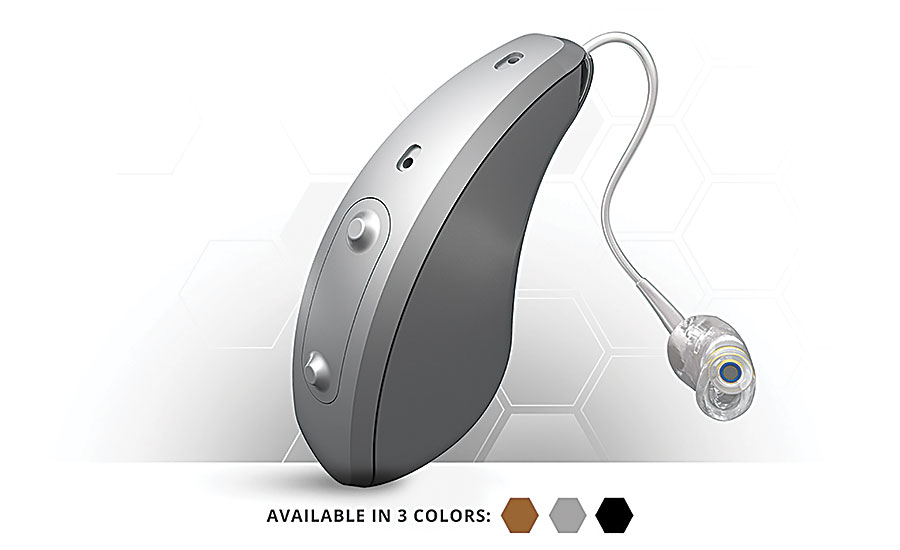Approximately 2 percent of adults aged 45 to 54 have disabling hearing loss. That rate increases to 8.5 percent for adults aged 55 to 64, 25 percent for those aged 65 to 74, and 50 percent for those who are 75 and older.
All totaled, some 28.8 million U.S. adults could benefit from using hearing aids. Ironically, however, only 30 percent of seniors who could benefit from a hearing aid have ever used the technology, and only 16 percent of hearing-impaired adults aged 20 to 69 have ever used one.
One company that hopes to change that is Earlens Corp. of Menlo Park, CA. The start-up has created a revolutionary new hearing aid that uses light to transmit sound instead of small speakers.
The Earlens hearing aid has three major parts: the photon processor, the light tip and the tympanic lens. The small, custom-fit lens is placed in the patient’s ear by a physician. The lens stays in place in the ear the same way a contact lens stays in place on an eye, with surface tension. Sound enters microphones on the photon processor, which is worn behind the ear. Powered by a rechargeable battery, the processor communicates the sound to the light tip, which converts it into a nonvisible light signal.
The tympanic lens consists of a perimeter platform to ensure stability in the ear; a small motor and umbo platform to directly vibrate the eardrum; and a photodetector that receives both power and audio signals from the transmitted light.
The processor and light tip convert sound to light, eliminating the major source of whistling that troubles conventional hearing aids. The lens rests directly on the eardrum and gently activates the patient’s natural hearing system. This direct contact delivers the broadest frequency of any hearing aid on the market, resulting in crisp highs and full lows.
The manufacturing process for the new hearing aid is as innovative as the device itself. For example, additive manufacturing plays a key role in improving design flexibility and quickening time to market. And, to help manage production and quality, Earlens adopted Solumina software from iBASEt. The suite includes a manufacturing execution system (MES); maintenance, repair and overhaul (MRO) software; and enterprise quality management software.
“We are excited to work with iBASEt to put in place an innovative technology manufacturing infrastructure,” says Mark Bishop, vice president of operations of Earlens, which is based in Menlo Park, CA. “We believe it is a smart move for us to implement MES and QMS software now, in the early stages of our business, so that we can rapidly scale production to meet growing demand for our product and keep pace with design changes and improvements.”
Earlens uses iBASEt’s MES to track, control and document the transformation of raw materials into finished goods. The software provides information that helps manufacturing management understand how current conditions on the plant floor can be optimized to improve production output. It works in real time to orchestrate the various resources in the production process, such as material, personnel, machines and support services.
The MES can operate across multiple functional areas, such as management of process definitions, resource scheduling, job execution and dispatch, data collection and analysis, equipment downtime management, product quality control, materials track and trace, and reporting of metrics on schedule, cost, quality and utilization, such as overall equipment effectiveness. It also maintains a device history record, capturing the data, processes, and outcomes of the manufacturing process for each assembly. That’s especially important for medical device manufacturers, which are required by the U.S. Food and Drug Administration to maintain such records for every assembly that comes off the line.



